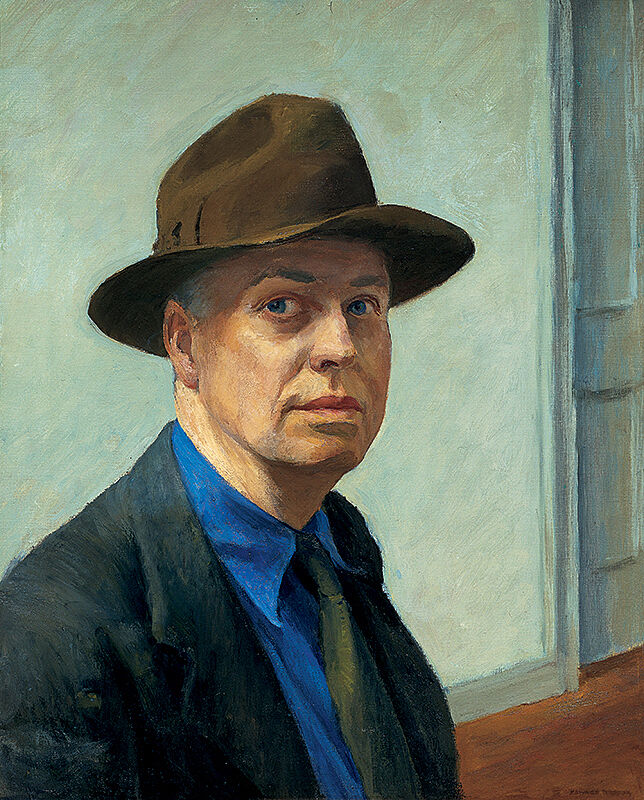What is a portrait?
Brainstorm what a portrait might be
A portrait is a description or representation of a person, but portraiture can take on many different forms and possibilities. For example, a portrait can be an accurate depiction of physical appearance, a resemblance of a subject, a conceptual or symbolic representation, or an imaginary, idealized portrayal. We are surrounded by portraits every day—from the bills and coins in our wallets to selfies, social media, and photographs on people’s mobile devices. Historically, portraiture was an important symbol of power and luxury. Now readily reproducible and ever-more accessible, photography has played a particularly vital role in the democratization of portraiture. Today, portraiture is a way for artists to define themselves in relation to contemporary life.
a. Ask your students to discuss what a portrait might be. When students think of the word portrait, what comes to mind? What does it mean to portray someone? Have students consider portraits in different mediums, such as art, literature, poetry, film, and theater. Talk about portraits in their everyday lives.
b. Create a word cloud of students’ definitions. What might a portrait share or reveal about a person? What can students learn about the person or people in a portrait?

